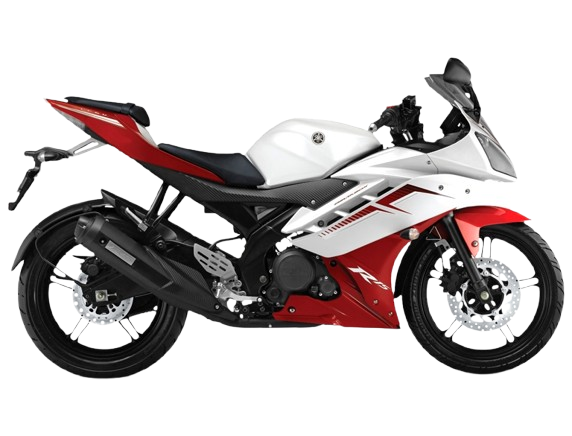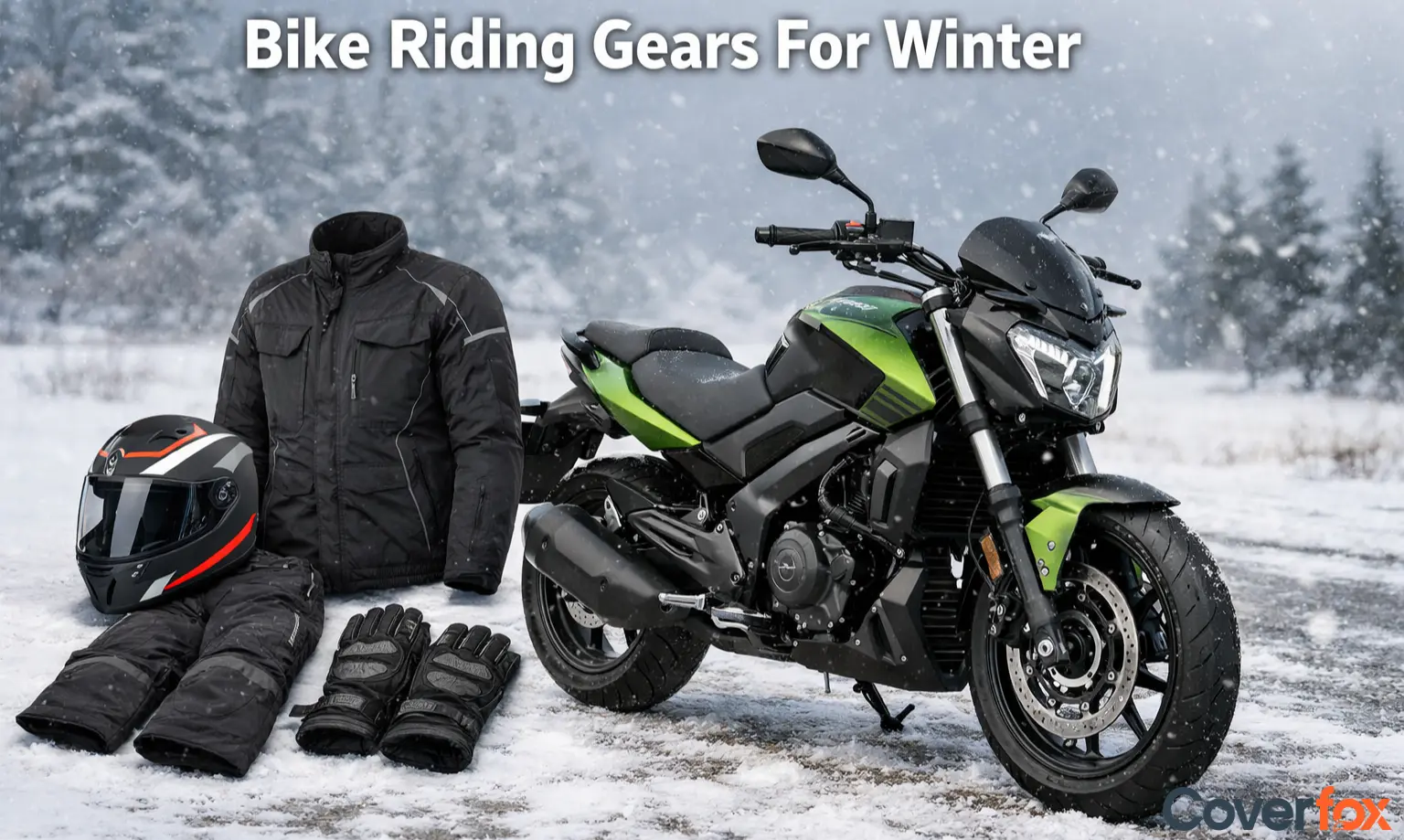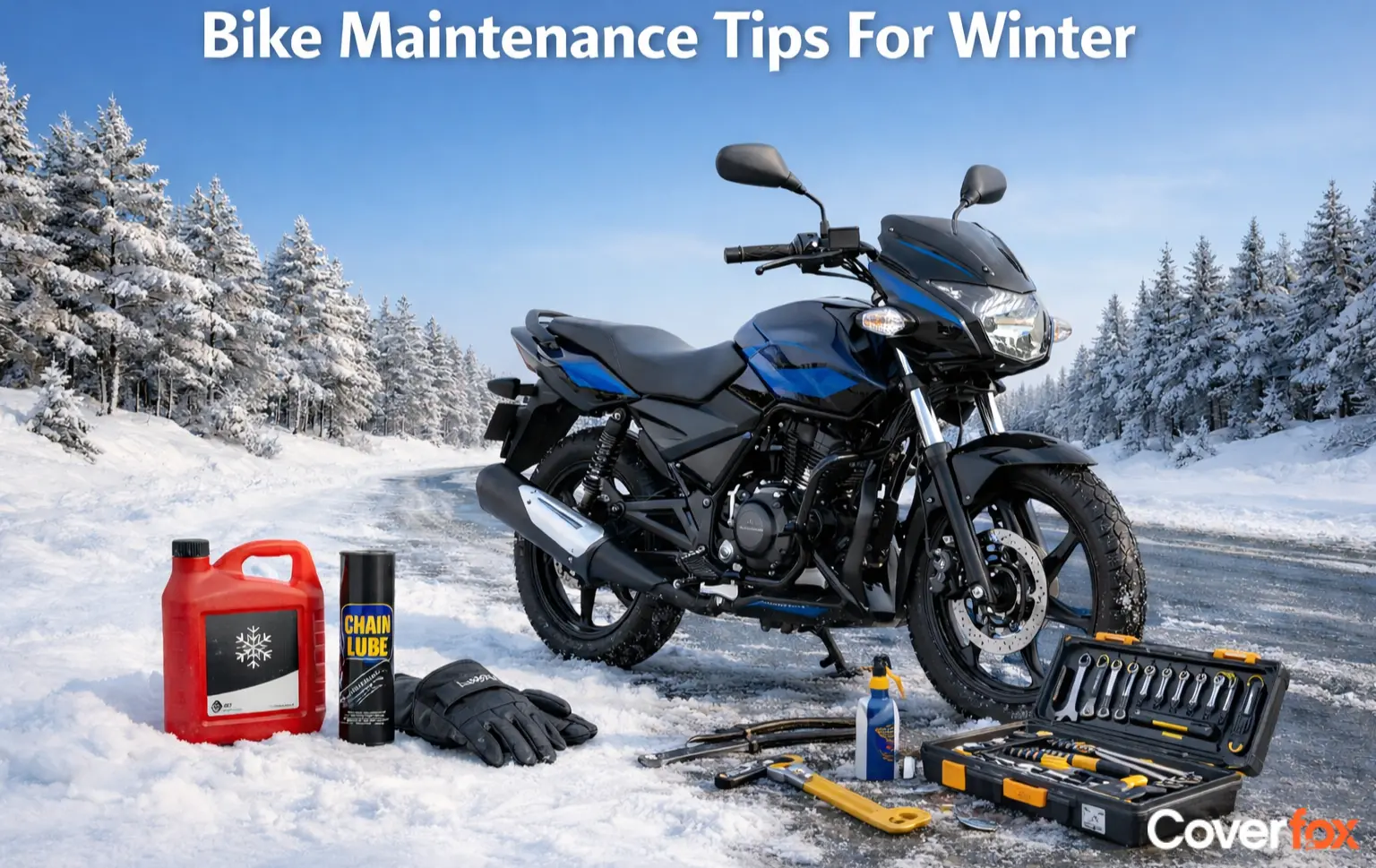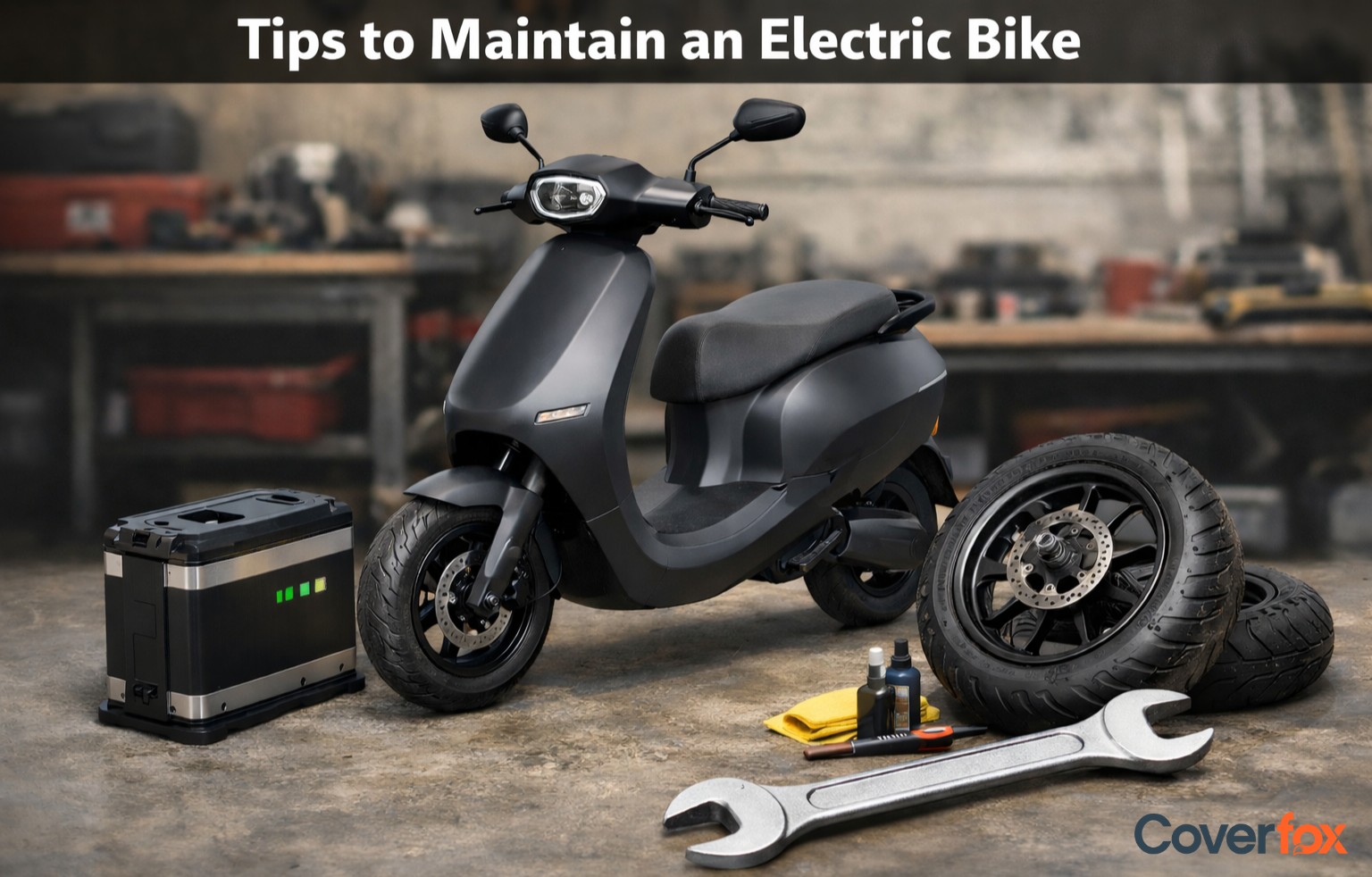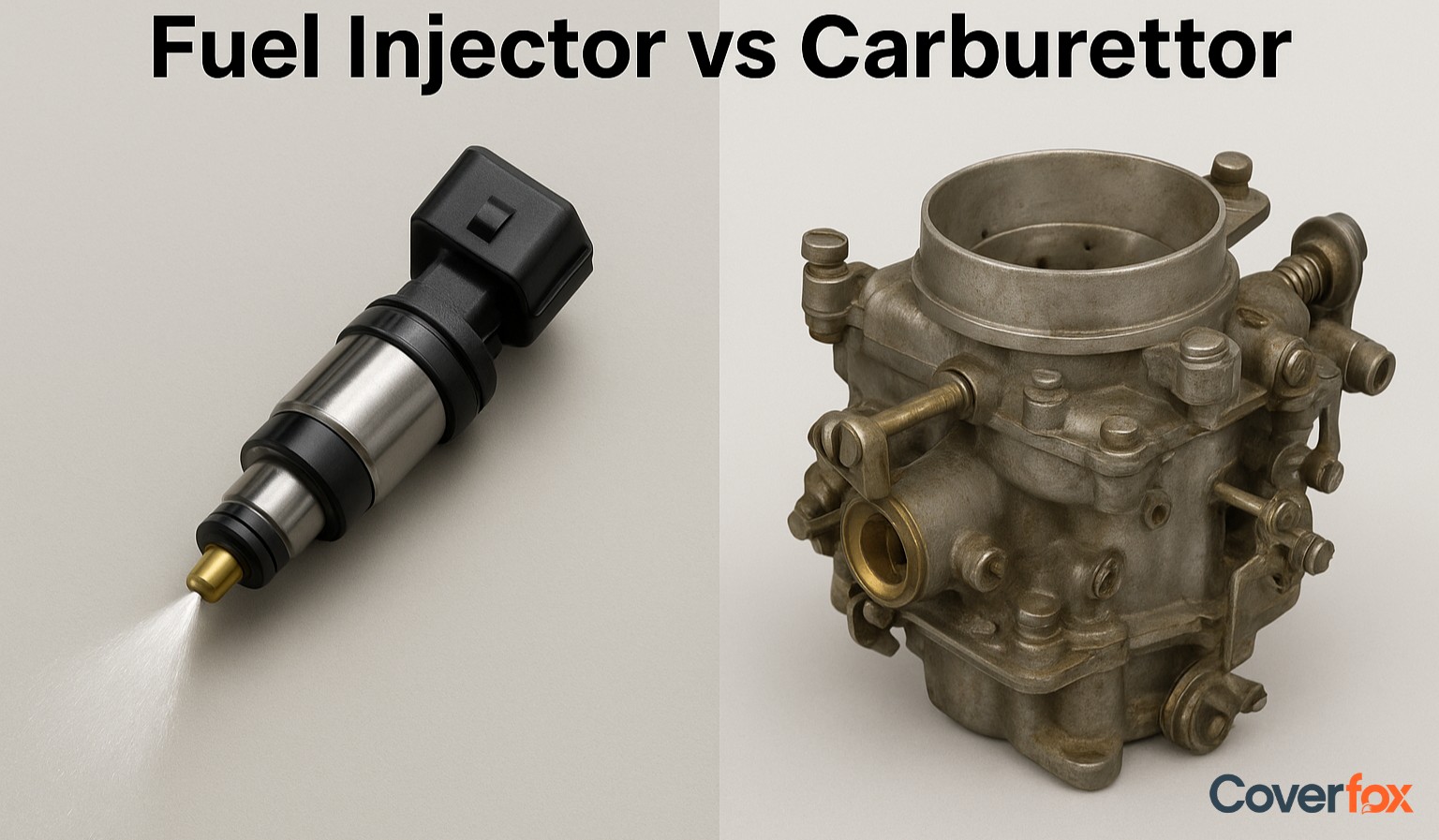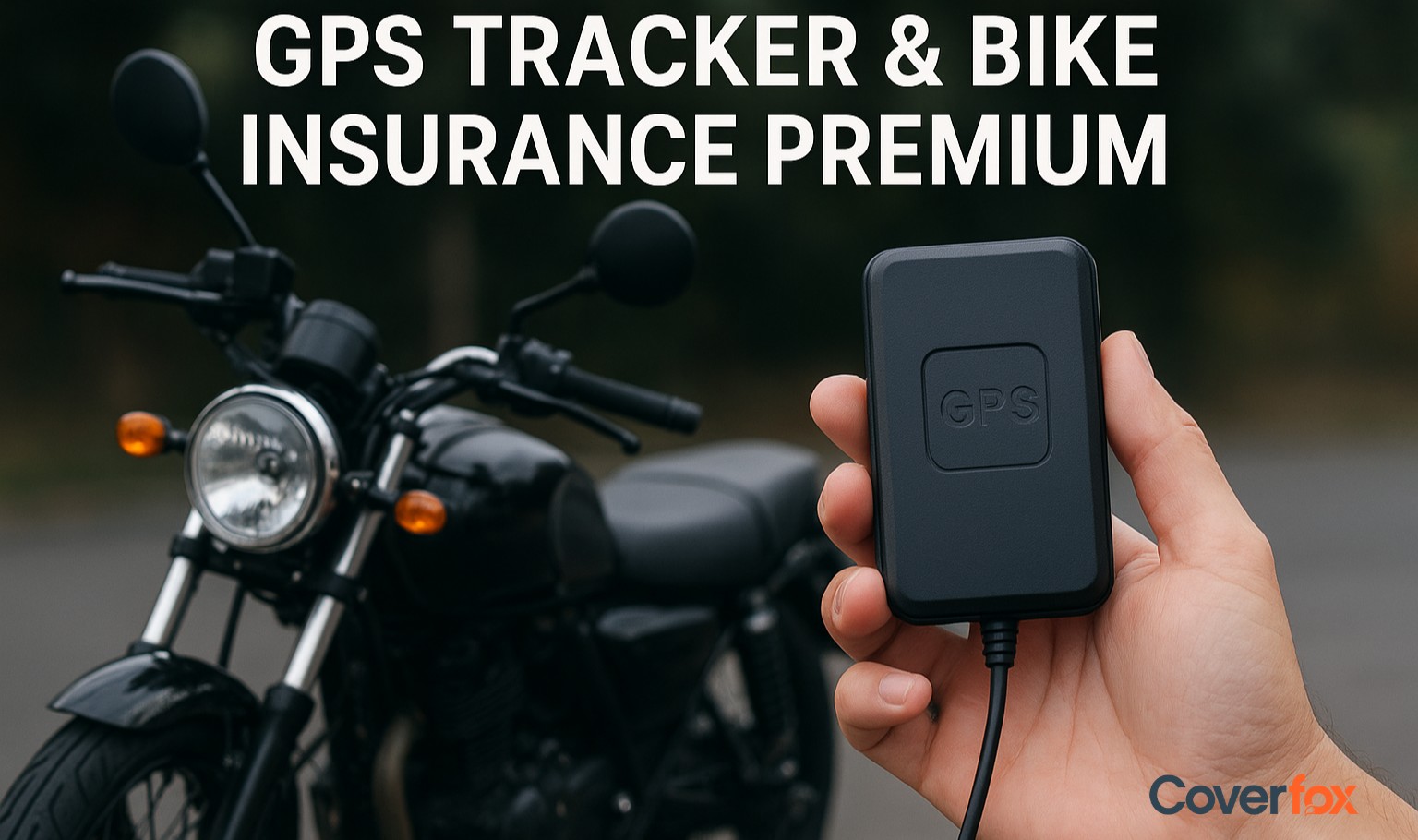While purchasing a bike, you definitely look at the tyres of the bike. Just as you would purchase a commuter bike for daily travel and a dirt bike for off-roading, you need to select and purchase bike tyres as per your requirements.

There are many types of tyres available in the market, making it a hassle to choose from if you do not know what you are looking for. Each tyre type caters to a specific need or has an upper hand in that area. Let us understand each type of tyre for bikes to help you select what is best for you.
Why Tyre Type Matters?
Tyres are an important component of the bike, and yet are often overlooked. Choosing the right tyre type determines how your bike is going to perform on the road, how it grips corners and how it improves fuel efficiency. It is also an important factor in maintaining the overall safety, comfort, and responsiveness of your bike. Here’s why tyre type matters:
Grip and Safety
Fuel Efficiency
Comfort and Handling
The tread pattern and compound of your tyre affect traction. A well-suited tyre ensures better road grip, reducing the chances of skidding, especially during wet or uneven road conditions.
Lightweight tyres with lower rolling resistance help improve mileage. Overinflated or underperforming tyres, on the other hand, can take your bike's efficiency down.
The size, air pressure, and build of the tyre impact how smoothly your bike rides over bumps and how responsive it feels during turns or high speeds.
Major Types of Bike Tyres
Here are the different types of bike tyres, each of which has a specific use or strength with some drawbacks:
Tubeless Tyres
- Lower chances of sudden deflation
- Lighter and more fuel-efficient
- Easier to repair minor punctures
- Needs a compatible rim
- Slightly costlier than tube tyres
- City commuting, touring, and general riding for better mileage and convenience.
Tube Tyres
- Generally cheaper and easy to replace
- Suitable for spoked wheels
- Higher risk of punctures
- Can deflate quickly if pierced
- Rural areas, rough roads, older bike models, or cost-sensitive riders.
Radial Tyres
- Better heat dissipation
- Higher grip and fuel efficiency
- Improved ride comfort at high speeds
- Higher cost
- Slightly reduced durability on rough terrain
- Performance bikes, highway cruising, and touring.
Bias Ply Tyres (Cross-Ply Tyres)
- Stronger sidewalls
- Better load-carrying capacity
- Cheaper than radial tyres
- Less comfortable at high speeds
- Generates more heat
- Heavy-duty bikes, rural roads, and off-road applications.
Off-Road / Knobby Tyres
- Excellent grip in off-road conditions
- Durable in rough terrains
- Poor performance on tarmac
- Increased rolling resistance
- Adventure riding, motocross, and trail biking.
Slick Tyres
- Exceptional grip on dry tracks
- High-speed stability
- Dangerous on wet roads
- Not suitable for regular road use
- Racing circuits, track days, and competitive sports.
Dual Sport / All-Terrain Tyres
- Versatile for varied conditions
- Decent grip on both road and trail
- Not specialised for either terrain
- Moderate durability
- Adventure bikes, touring, and riders switching between city and countryside.
Tubeless tyres do not have a separate inner tube. Instead, they seal directly with the rim and hold air between the tyre and rim wall. When punctured, the air escapes slowly, giving the rider time to stop safely. Tyre sealant can also be used to plug minor holes instantly.
Pros
Cons
Best Use Cases
These are traditional tyres with an inner tube inside the tyre casing that holds the air. In tube tyres, the inner tube inflates, pressing against the tyre and the rim, holding the tyre in shape.
Pros
Cons
Best Use Cases
In radial tyres, the tyres have the cords (plies) run radially, at 90 degrees to the direction of travel. Radial structure and construction provide flexibility in the sidewalls, improving grip and comfort at higher speeds.
Pros
Cons
Best Use Cases
Bias ply tyres are tyres with crisscrossed plies at 30–40-degree angles and are also known as cross-ply tyres because of their appearance. The overlapping plies make the sidewalls and tread act as a single unit, offering durability.
Pros
Cons
Best Use Cases
Off-road or knobby tyres are tyres with large, aggressive tread patterns designed for better grip on loose surfaces. The large knobs or lugs dig into mud, sand, or gravel for traction, making it ideal for off-roading.
Pros
Cons
Best Use Cases
Slick tyres have no tread pattern and offer a large surface contact area. It maximises grip by maintaining constant contact with smooth roads.
Pros
Cons
Best Use Cases
Dual sport or all-terrain tyres are hybrid tyres with moderate tread designed for both on-road and off-road performance. They have a balanced grip on tarmac and loose surfaces, with a mix of tread pattern and sidewall stiffness.
Pros
Cons
Best Use Cases
How to Choose the Right Tyre for Your Bike?
Once you are acquainted with the types of tyres available in the market, now comes the decision of which tyre suits you best. Here are the factors to consider while choosing the right tyre for your bike:
Consider terrain, weather, bike model, and riding style
Terrain
Weather
Bike Model
Riding Style
Longevity vs performance
Long Life
High Performance
Tyre size and compatibility tips
- Check the OEM-recommended size for width, aspect ratio, and rim diameter.
- Avoid upsizing unless approved, as it can impact fuel efficiency, handling, and suspension.
- Make sure the new tyre fits well on your bike’s rim and doesn't interfere with the chain guard or mudguard.
Tyres for each season
For city roads, tubeless or radial tyres are ideal. Off-road trails usually require knobby or dual-sport tyres.
Wet or monsoon-prone areas benefit from tyres with deeper grooves for better water dispersion.
Always stick to the manufacturer’s recommendations for tyre type and size.
Daily commuters need durability and fuel efficiency; performance riders should choose radial or slick tyres for grip and speed.
Bias-ply and tube tyres tend to last longer and are suited for rough use or rural roads.
Radial and slick tyres offer superior grip, cornering, and speed handling, but may wear out faster.
| Factor | Summer | Monsoon | Winter |
|---|---|---|---|
| Tyre Compound | Harder compound to withstand heat | Softer compound for better grip on wet surfaces | Softer compound for improved traction in cold |
| Tread Pattern | Moderate tread to balance grip and efficiency | Deep grooves for water evacuation and anti-skid performance | Blocky tread for grip on icy or slick roads |
| Grip Requirement | High-speed stability and cornering | Wet grip to avoid hydroplaning | Cold-weather grip for firm control |
| Recommended Tyre Type | Tubeless or radial tyres | Tubeless tyres with wet traction design | Dual-sport or winter-specific tyres (where available) |
| Durability Need | High-temperature resistant material | Puncture resistance due to debris on wet roads | Crack-resistant and flexible in cold |
Maintenance Tips for Long Tyre Life
Here are some tips and tricks for prolonging tyre life and keeping them in ideal conditions:
- Maintain the recommended tyre pressure consistently.
- Check tyre treads regularly for wear and tear.
- Avoid sudden braking and harsh acceleration.
- Keep wheel alignment and balancing in check.
- Inspect for cuts, punctures, and embedded objects.
- Wash off mud, oil, and chemicals after rides.
- Do not overload the bike beyond its weight capacity.
- Park in shaded areas to protect tyres from sun damage.
- Use quality valve caps to avoid air leakage.
Key Takeaways
Tyres are an important and crucial part of the bike that you should not overlook. From mileage to safety, tyres play an important role in every aspect. Understanding which tyre type works for your bike is crucial for the optimum usage of your bike. Also, investing in tyres is a good idea. A bike insurance policy generally does not cover damage done to your tyres unless it happened in an accident. Consider opting for a tyre-protector add-on in your bike insurance policy to ensure your bike’s tyres are insured as well. Happy and Safe Riding!
Also Read:
Frequently Asked Questions
Can I switch from tube to tubeless?
Yes, you can switch to tubeless tyres if your bike's rim supports it.
How often should bike tyres be replaced?
Typically every 25,000 to 30,000 kilometres or earlier if tread depth falls below safe limits, you notice sidewall cracks, or experience frequent punctures.
Which tyre is best for city riding?
Tubeless tyres with moderate tread are best suited for city conditions, offering better mileage, ease of maintenance, and puncture resistance.
Can I use off-road tyres for daily commuting?
Off-road or knobby tyres are not ideal for city rides—they reduce mileage and cause more vibration on paved roads.
What is the ideal tyre pressure for bikes?
Tyre pressure varies by bike and load but usually ranges from 25 to 32 PSI. Always follow the manufacturer’s recommendations for optimal safety and performance.
